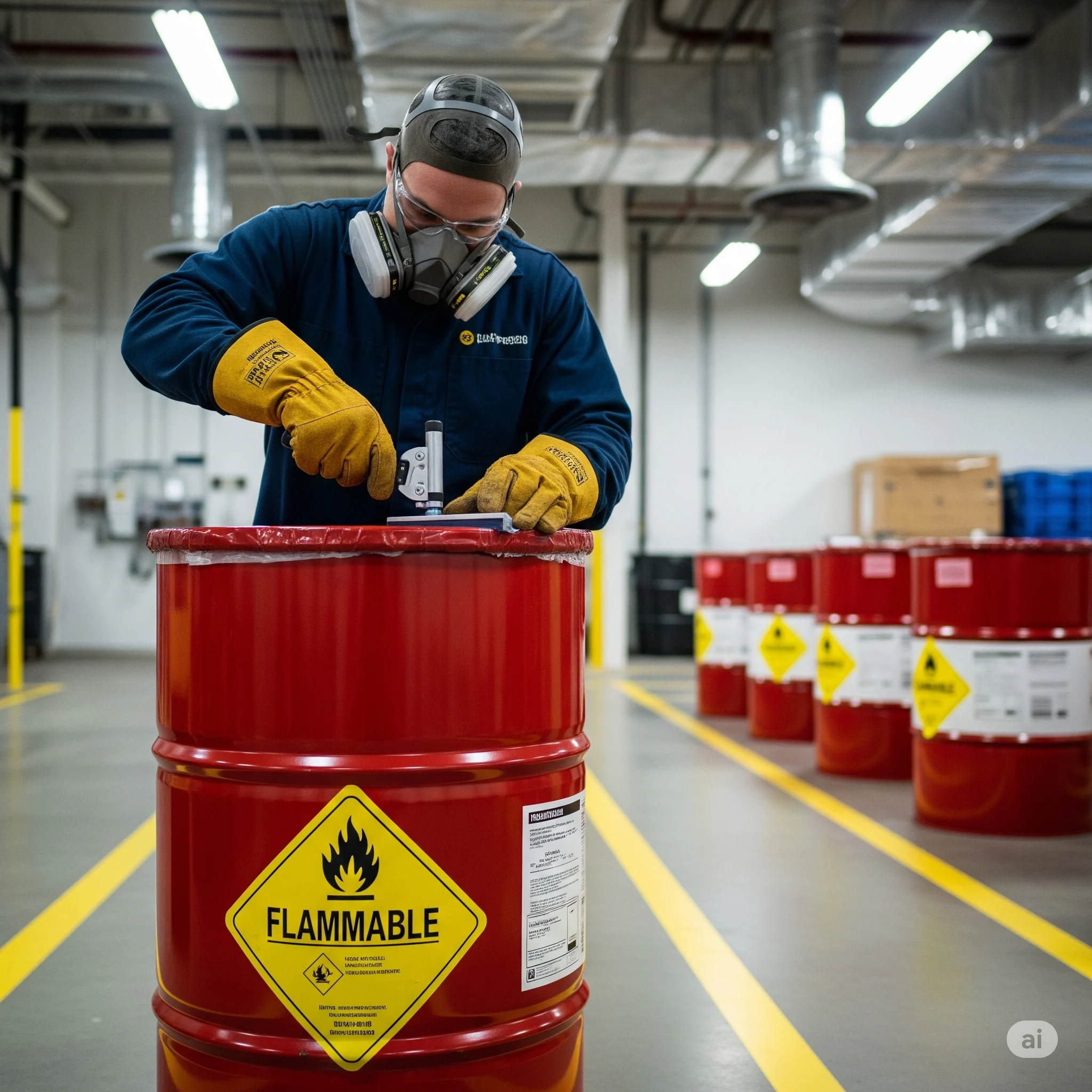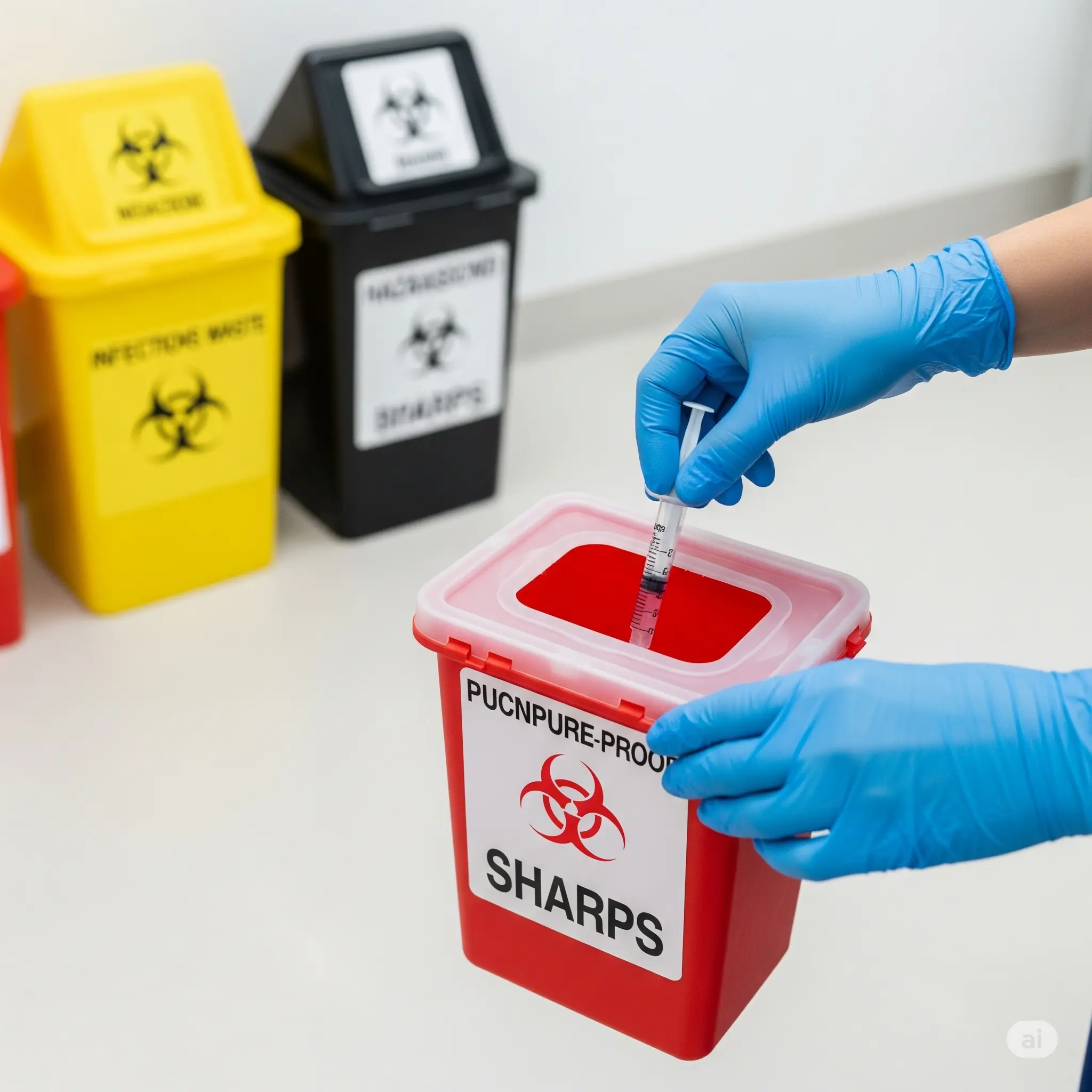If your business is in manufacturing, automotive, or printing, you likely deal with paint and solvent waste. The Department of Environment (DOE) classifies this as scheduled waste under codes SW 410 (paint sludge) and SW 322 (spent solvents). To stay safe and compliant, you must follow strict management rules.
Ignoring these rules can lead to improper waste disposal fines, environmental damage, and serious safety risks like fires. This guide outlines the essential steps for managing your paint and solvent waste responsibly.
Why is Managing Paint and Solvent Waste So Challenging?
This waste is hazardous because it’s often flammable and releases harmful fumes (VOCs). These fumes are a danger to human health and the environment. Therefore, the main goals are to prevent fires, control emissions, and stop the waste from contaminating soil or water.
A Step-by-Step Guide for Paint and Solvent Waste
- Segregate All Waste: Never mix different types of solvents or paints. Keep them in separate, dedicated containers. Mixing can cause dangerous chemical reactions. It also makes the recycling and recovery process much harder and more expensive.
- Use the Right Containers: You must store all liquid waste in durable, leak-proof metal drums or other approved containers. Always keep them securely sealed when not in use.
- Label Everything Correctly: Label every container clearly. It needs the correct SW code, the generation date, your company’s details, and a large “Flammable” hazard symbol.
- Prepare a Designated Storage Area: Your on-site storage area must be cool, dry, and have excellent ventilation. This prevents the buildup of flammable vapors. It also needs a secondary containment system to catch any leaks.
- Hire a Licensed Specialist: You can only dispose of this waste through a DOE-licensed contractor. Ensure they are licensed for the specific codes for paint and solvent waste. They will provide the correct e-Consignment note and transport the waste to a licensed facility. The waste will then be recovered or destroyed via high-temperature incineration. For more details on regulations, you can visit the official DOE website.
Following these steps will help you manage your paint and solvent waste streams safely. It ensures your business remains fully compliant with all government regulations.




